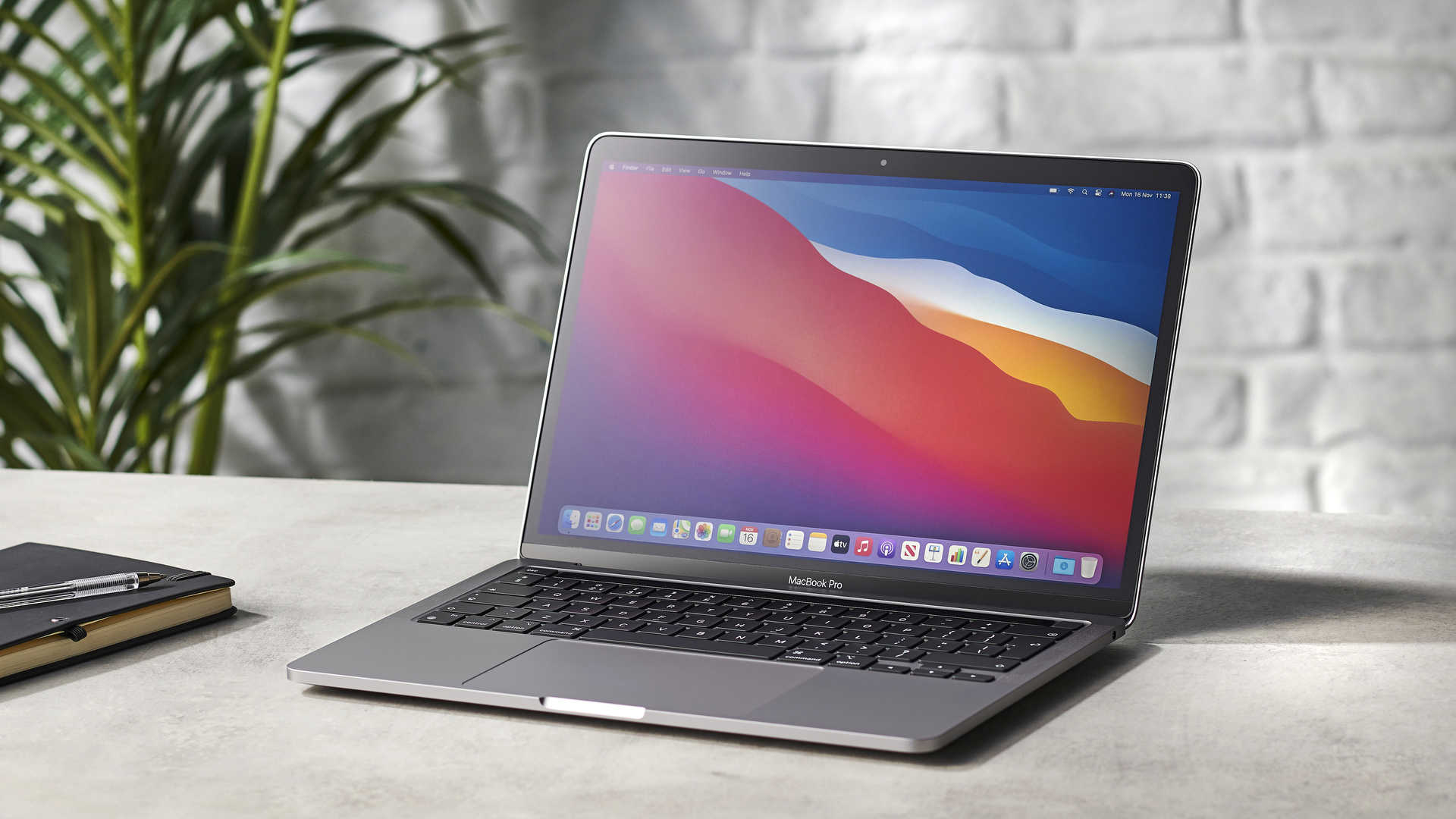Rumored MacBook Pros could use M1X chip this year – with M2 coming in 2022?
Take this fresh speculation with a serious amount of skepticism, though

Apple’s next MacBook Pro refresh, which could be due later this year – perhaps in the summer, going by the latest from the rumor mill – might come with a pepped-up version of Apple’s own silicon called the M1X.
The M1X label has been kicking around for a while now – in fact ever since the M1 came out, and speculation started about its successor – and it’ll supposedly be present in these inbound MacBook Pros, as opposed to an M2 chip. The M2 model is purportedly being saved for 2022, and could arrive in a new MacBook Air next year (grab your buckets of condiments now – we’re not sure how much sense an Air debut would make for starters).
- Check out all the best laptops around
- And the best Macs to buy this year
- Amazon’s Prime Day 2021 sale is on the horizon
At any rate, this is the claim from an iOS developer and Apple leaker on Twitter as flagged up by 9 to 5 Mac, with @dylandkt claiming: “The M1X is an extension of the M1 that will contain more thunderbolt channels, CPU cores, GPU cores, multiple external monitor support, and greater power draw. These devices will both feature a 1080p webcam, SD card reader, three thunderbolt USB C ports, an updated MagSafe port, and an HDMI port.”
9 to 5 Mac reckons that @dylandkt is a source with a solid enough track record when it comes to leaking, and they do seem to have got some things right in the past looking at some previous tweets. But that said, this isn’t one of the go-to reliable Apple leakers, so we’d be very cautious about taking this at face value.
Furthermore, 9 to 5 Mac observes that this rumor arguably marries up (at least in some fashion) with a fresh leak from Mark Gurman at Bloomberg, namely that the new MacBook Pros supposedly due out in the summer will be built with a chip along the same lines as the existing M1, but with more cores. 10-cores in fact (with 8 of them being performance cores, plus 2 power-efficient ones), instead of the M1’s 8-cores (with 4 performance cores). Gurman did not mention that this will be an M1X model, though, or give it a name at all.
Trying to draw together two rumors like this – which both need to be regarded with skepticism, particularly this new one as we’ve already touched on – is something of a questionable pursuit, of course.
M1X in more Macs?
It seems that @dylandkt has put forward the idea of the M1X being inbound for the MacBook Pro 14-inch and 16-inch refreshes before, too (previous to Gurman’s speculation), with the developer contending that M1X will also come to a ‘higher-end iMac’ as well as a ‘higher-end Mac mini’.
Get daily insight, inspiration and deals in your inbox
Sign up for breaking news, reviews, opinion, top tech deals, and more.
As ever, only time will tell, and indeed that’s the case for whether the refreshed MacBook Pro models are actually in the pipeline for the near future, as another recent bit of buzz from the grapevine claimed that they could be delayed until 2022 (which isn’t an entirely unbelievable prospect considering other whispers from the rumor mill about component shortages possibly affecting MacBook production).
Finally, it’s worth noting a further snippet from @dylandkt about these incoming Apple laptops which claims that the ‘MacBook Pro’ logo will be removed (and the bezels will be thinner – all part of allowing a bigger screen to fit in the chassis). These MacBook Pro models are, of course, expected to use Mini LED screens like the new iPad Pro 12.9.
- Shop all the latest MacBook Pro deals and sales
Darren is a freelancer writing news and features for TechRadar (and occasionally T3) across a broad range of computing topics including CPUs, GPUs, various other hardware, VPNs, antivirus and more. He has written about tech for the best part of three decades, and writes books in his spare time (his debut novel - 'I Know What You Did Last Supper' - was published by Hachette UK in 2013).